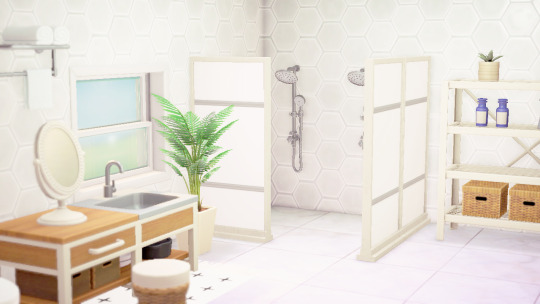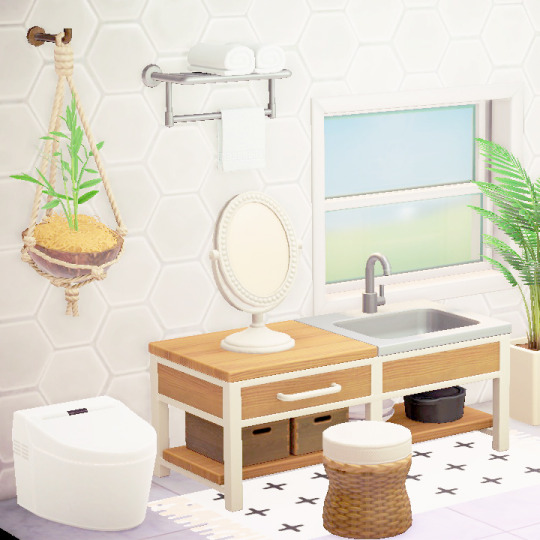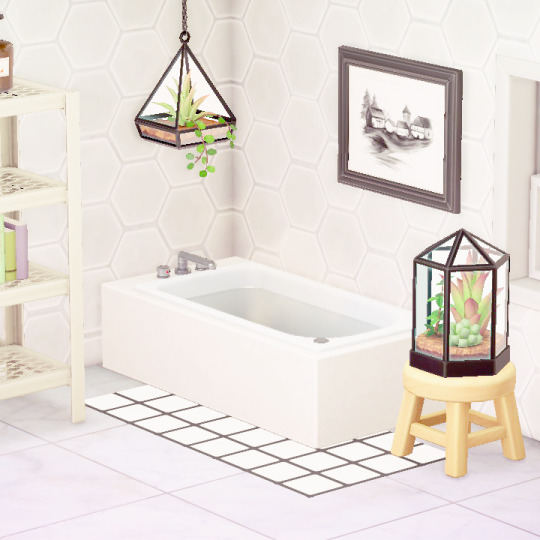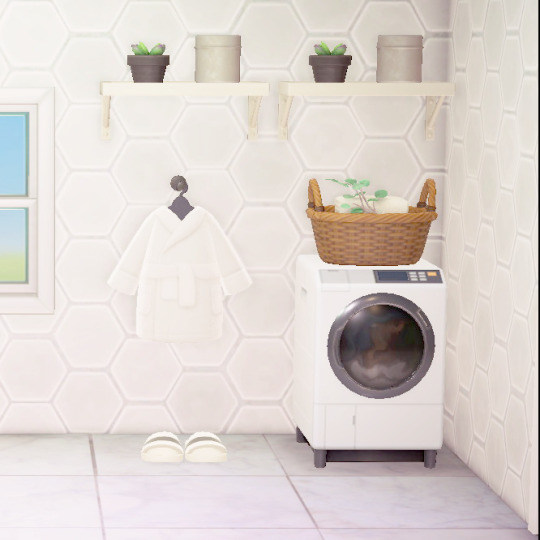Text
How to write a found family
By Writerthreads on Instagram
The found family story is a type of YA trope where individuals from different backgrounds come together to form a family, possibly to make up for their lack of true family. When it’s done well, found families can be so wholesome and heartwarming, and I simply adore this trope. Here's a guide to help you write a compelling found family in your WIP:
Create a diverse group of characters
The key to writing a successful found family story is to have a diverse cast of characters with different backgrounds, cultures, and experiences. This diversity will make the story richer and allow you to explore different perspectives and themes from different points of views. It also allows for a wide range of readers to find a character that they can relate to.
Establish a common goal
In a found family story, the characters come together to achieve a common goal. This goal can be anything from surviving an apocalypse to starting a business together. It is essential to establish this goal early on in the story, as it will help to create a sense of unity among the characters.
Themes
Using themes can add depth to a found family story by providing a framework for exploring the emotional and psychological growth of the characters. Here are a few examples:
Belonging: The idea that characters finally have a place where they fit in, and the struggles that come with feeling like an outsider previously.
Identity: The idea of self-discovery when a character finally becomes part of a family and has the time and people to communicate with to understand themselves.
Acceptance: Characters accepting themselves and others for who they are, overcoming previous prejudices.
Family: What makes a family, and the classic tropes associated with families and variations of them. Eg. the "mum" of the group who also doubles as the "wild child" at times.
Explore each character's backstory
A found family story is all about the characters' individual journeys and how they come together, and this can be done by giving each character a backstory that explains their motivations and desires. This can justify bad choices that characters may make or simply allow the readers to relate to them more. You can also use flashback scenes or dialogue to reveal important details about each character's past, however, I think flashbacks can be used more sparingly and only if they serve a purpose.
Create conflicts and obstacles
Like any good story, a found family story needs conflict to keep readers engaged. You can create conflicts within the group or create some external obstacles that the group must overcome. These conflicts challenge the characters and force them to grow and change through adverse situations. It’s especially interesting to see how characters with conflicting personalities or life views have friction with each other.
These are some of the tips I could think of for creating a found family in your story. As always our tips are just guides to help you with your book and definitely not a set of rules to follow. Good luck and have fun! :)
2K notes
·
View notes
Text
subtle ways to include foreshadowing
one character knowing something offhandedly that they shouldn't, isn't addressed until later
the crow rhyme
colours!! esp if like, blue is evil in your world and the mc's best friend is always noted to wear blue...betrayal?
write with the ending in mind
use patterns from tragic past events to warn of the future
keep the characters distracted! run it in the background until the grand reveal
WEATHER.
do some research into Chekhov's gun
mention something that the mc dismisses over and over
KEEP TRACK OF WHAT YOU PUT. don't leave things hanging.
unreliable characters giving information that turn out to be true
flowers and names with meanings
anything with meanings actually
metaphors. if one character describes another as "a real demon" and the other turns out to be the bad guy, you're kind of like...ohhh yeahhh
anyways add anything else in the tags
50K notes
·
View notes
Text
A recipe for finding your story's plot:
Ingredients:
2 cups of Things that must be in the story (this can be characters, specific scenes, settings, subplots etc.)
1 cup of Vague plot ideas I may not use
1 tbsp of Central Themes
1 tsp of Ending (either happy, tragic, or bitter-sweet)
1 tsp of Protagonist's Primary Motivation
2 lbs of Brick Wall
Time, as needed
Instructions:
In a large bowl, mix Things that must be in the story. Set aside.
In a separate bowl, sift together Vague plot ideas I may not use. Discard the excess and set aside.
Add Themes, Ending, and Motivation to a small jar. Screw lid on tight and shake until mixture becomes Conflict.
Pour Conflict and Vague plot ideas into Things that must be in the story. Blend on medium until Plot Points form.
Taste.
If it is still missing something, smash head against 1 lbs of Brick Wall for one to six hours.
Let marinate for one to 365 days. Add more Things and Vague plot ideas as desired.
Smash head against the rest of the Brick Wall for one to six hours.
Scream.
Repeat steps 5 through 9 as needed.
After sufficient marination, the mixture will form an idea. This will tell you what specific action must happen in order to resolve your story's conflict. Write this down and make appropriate sacrifices to thank whichever deity took pity on you.
Now you have your conflict, climax, and resolution. You just have to figure out how to get there. Good luck with the damn middle section dork!!
13K notes
·
View notes
Text
show, don't tell:
anticipation - bouncing legs - darting eyes - breathing deeply - useless / mindless tasks - eyes on the clock - checking and re-checking
frustration - grumbling - heavy footsteps - hot flush - narrowed eyes - pointing fingers - pacing / stomping
sadness - eyes filling up with tears - blinking quickly - hiccuped breaths - face turned away - red / burning cheeks - short sentences with gulps
happiness - smiling / cheeks hurting - animated - chest hurts from laughing - rapid movements - eye contact - quick speaking
boredom - complaining - sighing - grumbling - pacing - leg bouncing - picking at nails
fear - quick heartbeat - shaking / clammy hands - pinching self - tuck away - closing eyes - clenched hands
disappointment - no eye contact - hard swallow - clenched hands - tears, occasionally - mhm-hmm
tiredness - spacing out - eyes closing - nodding head absently - long sighs - no eye contact - grim smile
confidence - prolonged eye contact - appreciates instead of apologizing - active listening - shoulders back - micro reactions
96K notes
·
View notes
Text
So my problem with most ‘get to know your character’ questioneers is that they’re full of questions that just aren’t that important (what color eyes do they have) too hard to answer right away (what is their greatest fear) or are just impossible to answer (what is their favorite movie.) Like no one has one single favorite movie. And even if they do the answer changes.
If I’m doing this exercise, I want 7-10 questions to get the character feeling real in my head. So I thought I’d share the ones that get me (and my students) good results:
What is the character’s go-to drink order? (this one gets into how do they like to be publicly perceived, because there is always some level of theatricality to ordering drinks at a bar/resturant)
What is their grooming routine? (how do they treat themselves in private)
What was their most expensive purchase/where does their disposable income go? (Gets you thinking about socio-economic class, values, and how they spend their leisure time)
Do they have any scars or tattoos? (good way to get into literal backstory)
What was the last time they cried, and under what circumstances? (Good way to get some *emotional* backstory in.)
Are they an oldest, middle, youngest or only child? (This one might be a me thing, because I LOVE writing/reading about family dynamics, but knowing what kinds of things were ‘normal’ for them growing up is important.)
Describe the shoes they’re wearing. (This is a big catch all, gets into money, taste, practicality, level of wear, level of repair, literally what kind of shoes they require to live their life.)
Describe the place where they sleep. (ie what does their safe space look like. How much (or how little) care / decoration / personal touch goes into it.)
What is their favorite holiday? (How do they relate to their culture/outside world. Also fun is least favorite holiday.)
What objects do they always carry around with them? (What do they need for their normal, day-to-day routine? What does ‘normal’ even look like for them.)
53K notes
·
View notes
Text

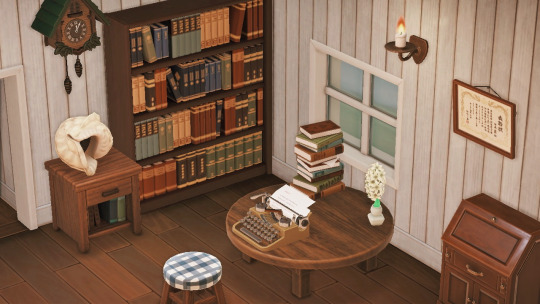
Working on my main room.
Kind of going for a New England saltbox/fishing cabin vibe.
14K notes
·
View notes
Text



I made some witchy / moon themed designs for my town! Feel free to use them if you want


7K notes
·
View notes
Text










I don’t know if my dress designs are good enough that anyone would actually utilize them, but I’m going to post them nonetheless. Hope y’all like them. 💛
537 notes
·
View notes
Text


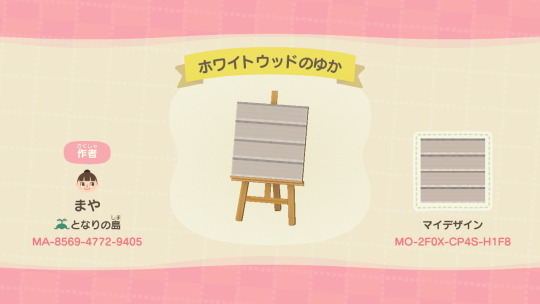

isn't this cute? a design that lets you make the illusion of a raised platform and stairs! what would you make with this?
29K notes
·
View notes
Text
Writing techniques and stuff to pay attention to/improve etc
Perspective/Point of view
First person. ‘The gun nestled in my hands’
involves reader/makes them feel like they’re experiencing the story first hand
Third person. ‘The gun nestled in his hand’
narrative, makes room for more description and scene setting, can be formal or informal writing structure
Sentence structures
Short opening sentences build tension and create drama
Three short sentences build tension through repetition
Contrast between short sentences and long, complex sentences can be powerful when used correctly
Start sentences with different words to add interest
Start sentences with the same or similar sentences to build tension through repetition.
Personification, powerful descriptive technique
‘The concrete beneath me could’ve swallowed me whole’
‘But your feet defy the orders from your brain and stay rooted to the ground’
Pathetic Fallacy - weather reflects the mood
‘The leaden sky darkened’
Sensory description - sensations felt by the protagonist, gives a much more realistic feel to the content and the reader can relate to the sensations
‘I felt the sweat drip down my collar. I felt the trigger and the air in my lungs refused to leave my body’
Repetition, when used correctly can be very powerful for creating drama, suspense or tension
‘Again, I felt the pressure of my finger on the trigger; again, my lungs refused to exhale’
Cliches, used in suspenseful situations create a huge contrast point
‘Frozen in that moment if felt like a dream’
Similes, descriptive technique
‘It was like a movie’
Adrress the reader to involve them and give them interest, using ‘you’ makes the reader feel like the narrator is talking directly to them
‘One of those dreams when you want to move…every fiber of your beings long to feel’
Reflection on feelings/ physical and emotional response to events, descriptive and realistic technique. Often describing the reactions more than the actual event is more powerful and effective
‘It didn’t really feel like me. It was an out of body experience’
Metaphors, powerful descriptive technique
‘Trickling blood crept away from him, the trickle became a crimson flower that blossomed eerily over the grey concrete
Happy Writing
3K notes
·
View notes
Text
How to: write pain
Don't make paragraphs about it - battles are supposed to be fast-paced
Describe:
- the object used to harm the character
-where the injury is
-how long the character had had the injury
-how deep the cut is (for blades)
-whether or not the wound triggers other things (dizziness, bleeding)
There are different kinds of pain
punch/blunt force trauma:
-how it feels: aching, a single spike of pain before it fades into an ache, throbbing, numbness
-effects: swelling, bruising, broken bones, unconsciousness, dizziness, concussion, internal bleeding.
stab wound/cut
-how it feels: stinging (shallow wounds), burning
-effects: bleeding (the blood from arteries is a brighter red, like vermilion, the blood from veins is dark crimson), dizziness from the blood loss, unconsciousness, infection (if left unattended), death
gunshot
-how it feels: depends on the caliber bullet, from how far away they were shot and in what place
-effects: same as stab wounds
Things that an injured character may have/do
-heavy, harsh, ragged breathing
-panting, gasping, crying, grunting, hissing, groaning, whimpering, screaming, shrieking, clenching their teeth
-ears ringing, unable to speak
-pressing their hands on the injury to try and stop the bleeding, trembling, eyes rolling up into their head
-vision blurring, room spinning
Where to hit in a fight
temple and jaw - good for a knockout punch, but are near the skull so it will be dangerous if you miss (it can broke/dislocate your fingers)
nose/eyes - messes up the senses and distracts the opponent
neck: can mess up breathing, talking and the spinal cord
inner elbow: can disable the opponent's arm
solar plexus: hard to hit but very effective
liver: causes immediate pain, dizziness and loss of breath
kidneys
groin
outer/inner thighs
knees
-----------------
But not getting into a fight stops the injury for both the opponents :)
(thank you very much for all the support!!! i appreciate every single reblog/like/comment 💕 I'm happy I could help you)
16K notes
·
View notes
Note
hey do you have any tips on plot development? how to do come up with relevant but dramatic things to keep the plot going? i also don’t want to make it too intense?
I actually have quite a lot of resources that I’ve created over the years surrounding plot development. I’ve linked as many as I could find for you:
Resources For Plot Development
Useful Writing Resources
Useful Writing Resources II
31 Days of Plot Development
Novel Planning 101
How To Write A Good Plot Twist
How To Foreshadow
What To Cut Out Of Your Story
Tackling Subplots
Things A Reader Needs From A Story
A Guide To Tension & Suspense In Your Writing
How To Turn A Good Idea Into A Good Story
Planning A Scene In A Story
21 Plot Shapes and the Pros and Cons Of Each
How To Outline Effectively
Tips On Writing Intense Scenes
Writing The First Chapter
Tips On Starting A Scene
Plot Structures
Finding & Fixing Plot Holes
16K notes
·
View notes

